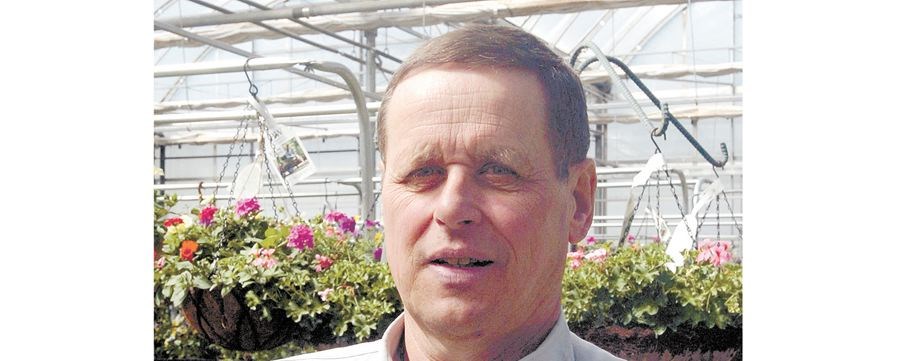The recent cool, damp weather we have been experiencing is ideal for slugs. Slugs are a nuisance for many gardeners and if left unchecked can do a lot of damage as they eat their way through the garden and landscape.
You usually don't see them during the day as they come out at night, but you can certainly see where they have been by the holes left in young leaves and fruit and their slimy trails. There are different methods of controlling and eliminating slugs in the garden.
Make the garden less inviting for slugs. Full sun and warm, dry conditions are not what slugs like. Keep the garden weed-free so that slugs can't hide amongst the weeds, and space plants and rows to allow airflow and eliminate hiding spots. Water the garden in the morning so that it is dry by evening.
Lure and trap slugs by creating a shady environment. Place boards, cardboard or turned pots along the edge of the garden for the slugs to hide under, and check them every morning to remove the slugs. To help entice the slugs you can place some citrus rinds under the area.
Beer traps will attract slugs and kill them. Slugs are attracted to the yeast in beer. Bury a container such as a cup into the soil with the open end up. The rim of the cup can be one centimetre above the soil line. Fill the container half to three quarters full with beer. The slug will try to get to the beer and fall in and drown.
Slugs do not like sharp surfaces. Diatomaceous earth spread around plants will deter slugs. If they do crawl on it, the diatomaceous earth will get into the slug's body and cause it to dry up and die.
The diatomaceous earth needs to be reapplied after a rainfall.
Handpick the slugs. This may not be for everyone, but if you want to catch the slugs in the act, go out at night with a flashlight and check the garden for slugs. Wearing a pair of gloves will make it less messy and dropping the slugs in a bucket of water will dispose of them.
Slug bait. There is a product available from Safer's called Slug and Snail Killer. It is a stomach poison that the slug must eat and once it is eaten the slug will immediately stop eating and go somewhere to die. It does not contain metaldehyde but must be used following the manufacturer's instructions. Place the bait in a covered container or in a slightly raised pot, in a moist, shaded area where slugs are likely to hide.
Encourage natural predators. Frogs, toads, garden snakes, ducks and geese will eat slugs.
Plant slug-resistant varieties. Hostas enjoy the same growing conditions as slugs do - moist and shady - but there are some varieties that are more slug-resistant than others. Blue-leaved hostas such as sieboldiana Elegans, Halycon, Love Pat and Blue Angel are good examples. Also varieties that have thicker and heavier textured leaves are more slug resistant.



